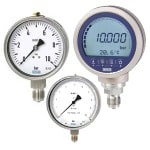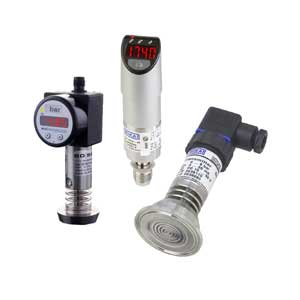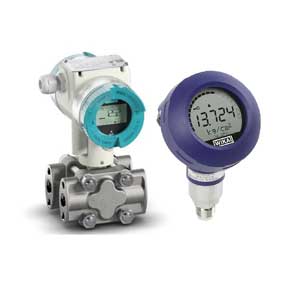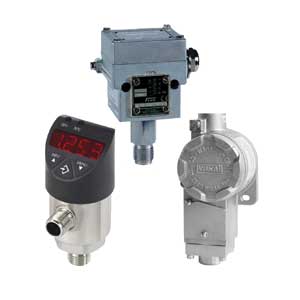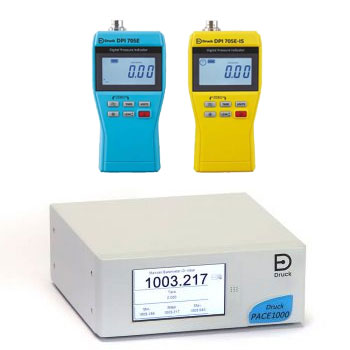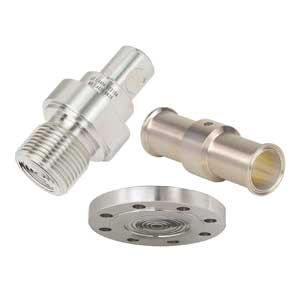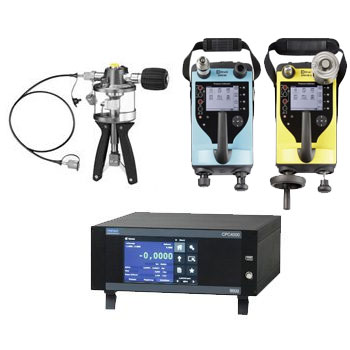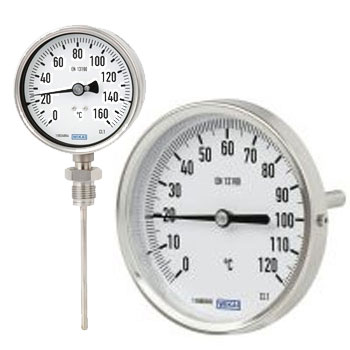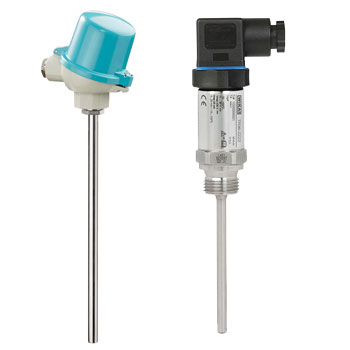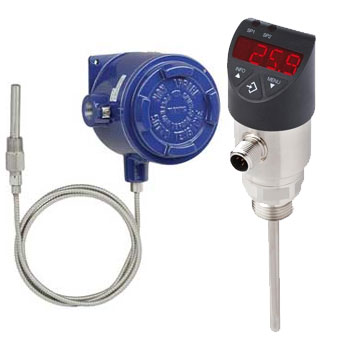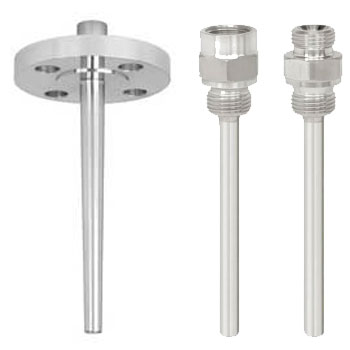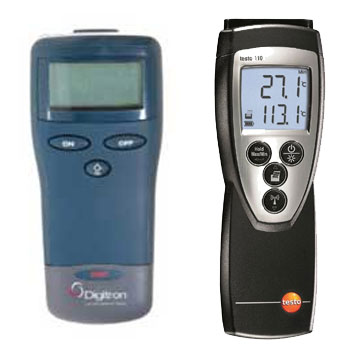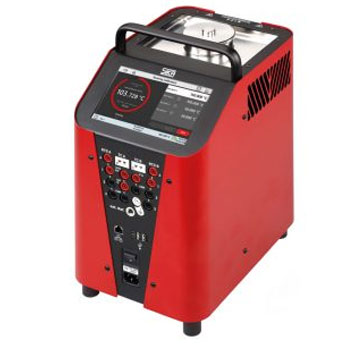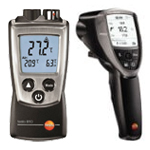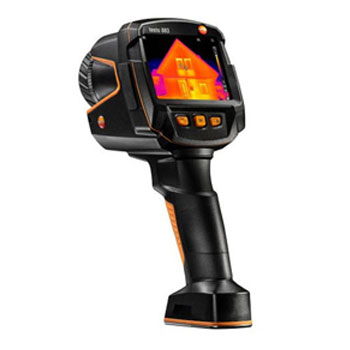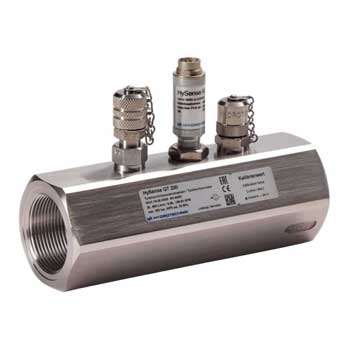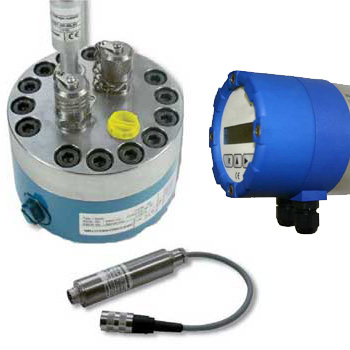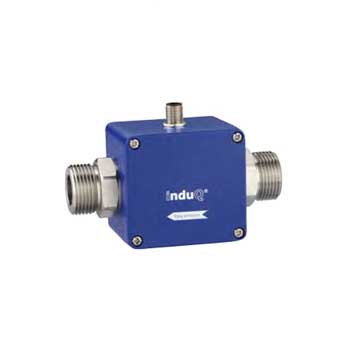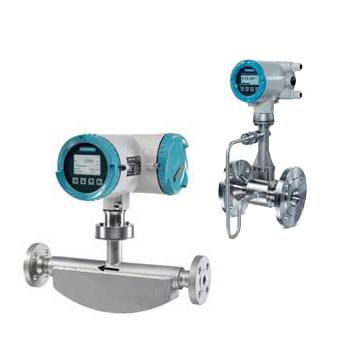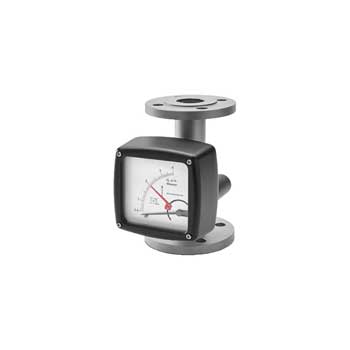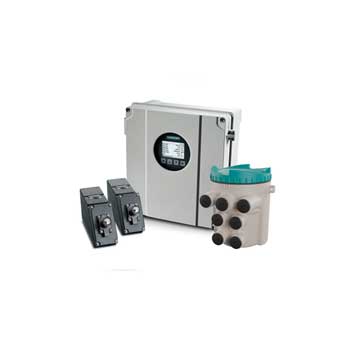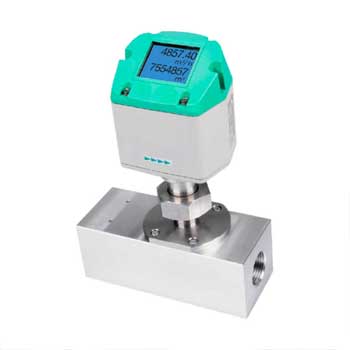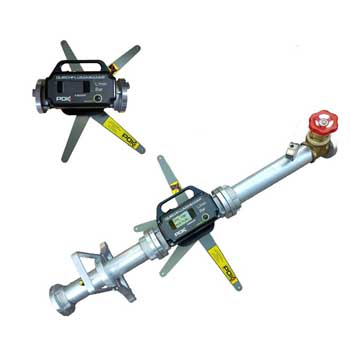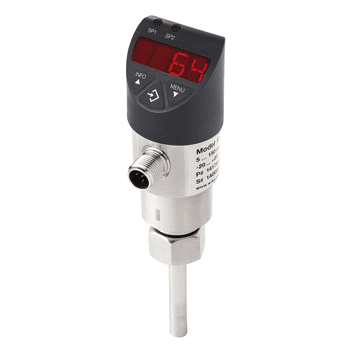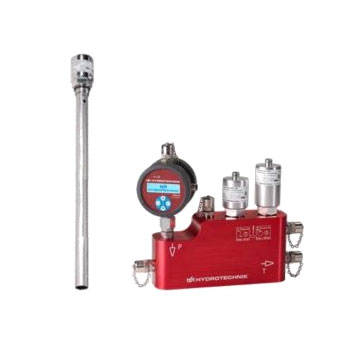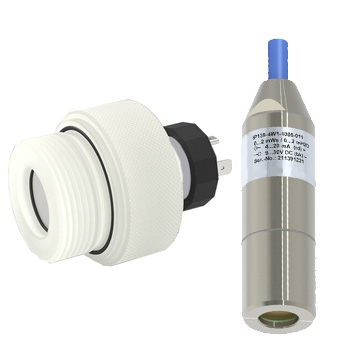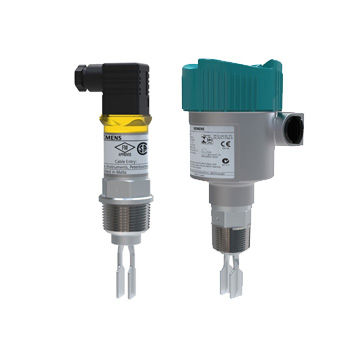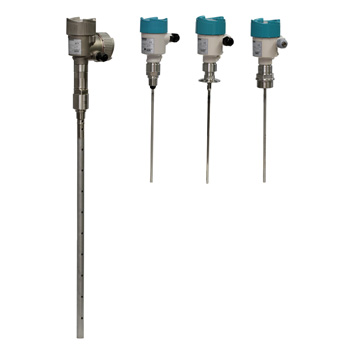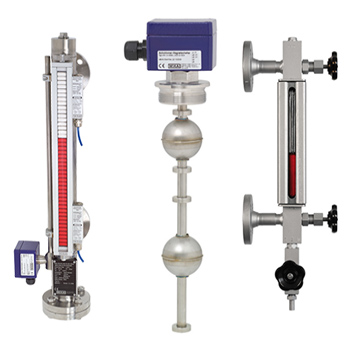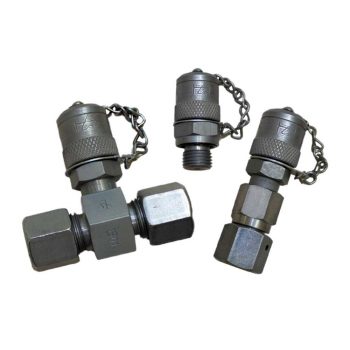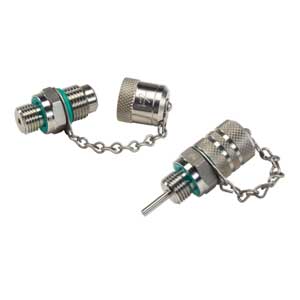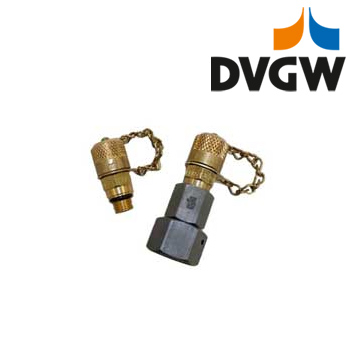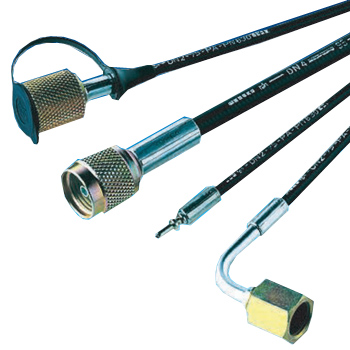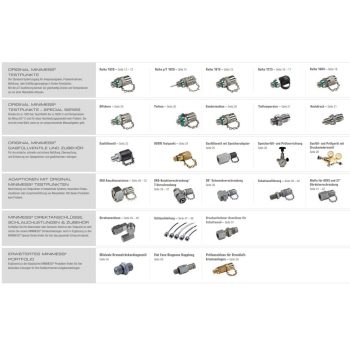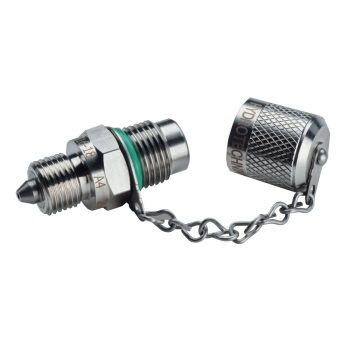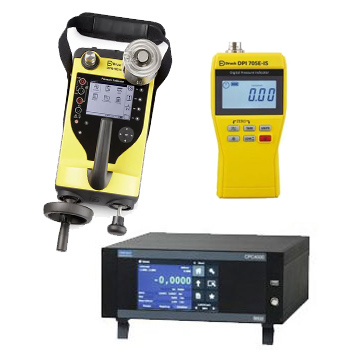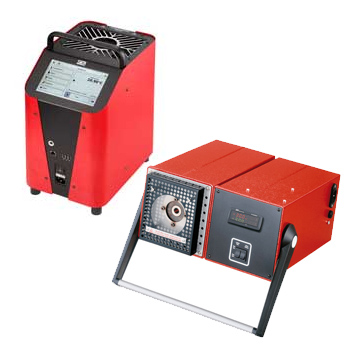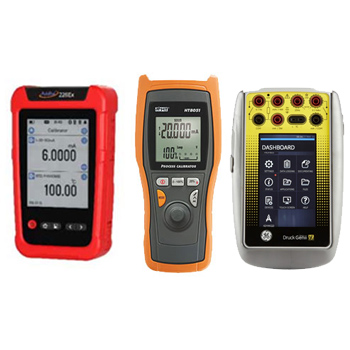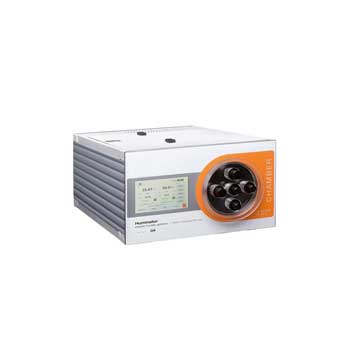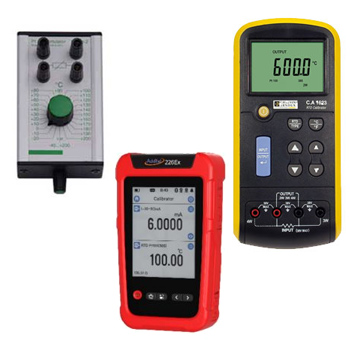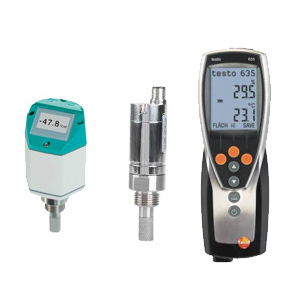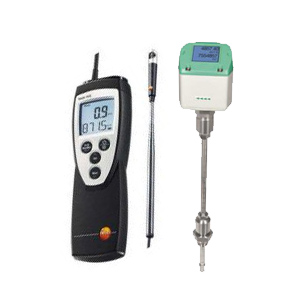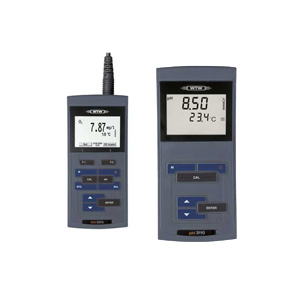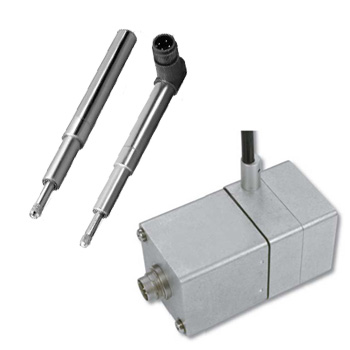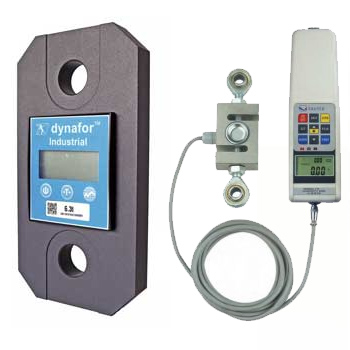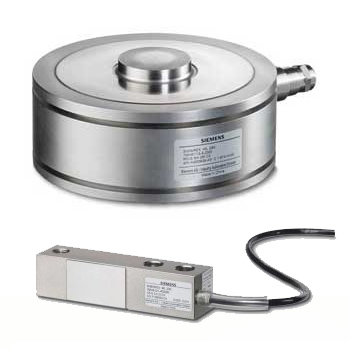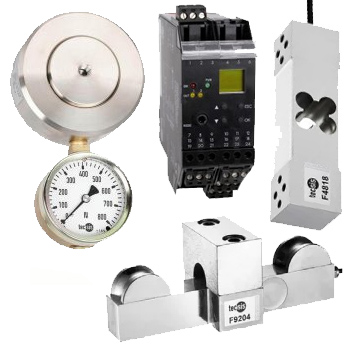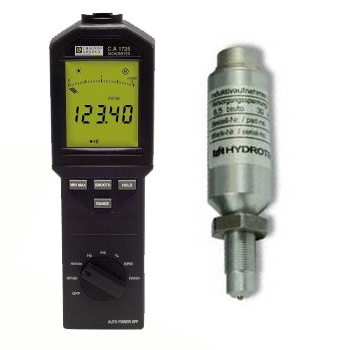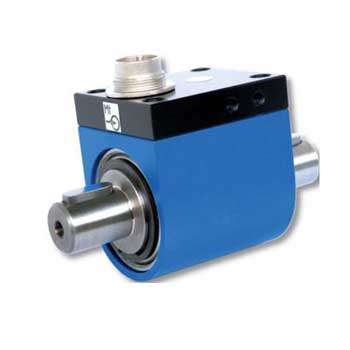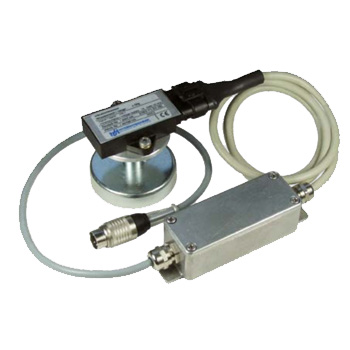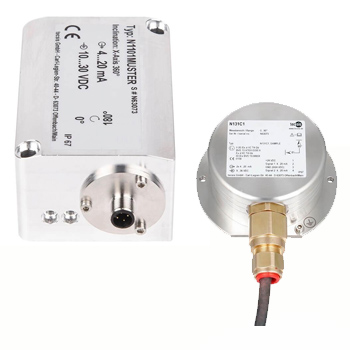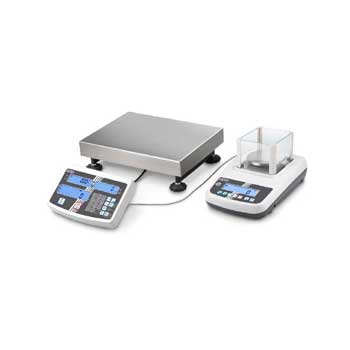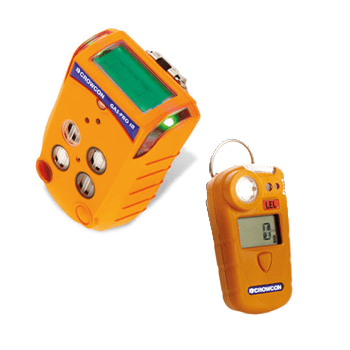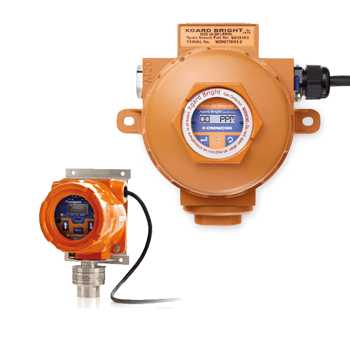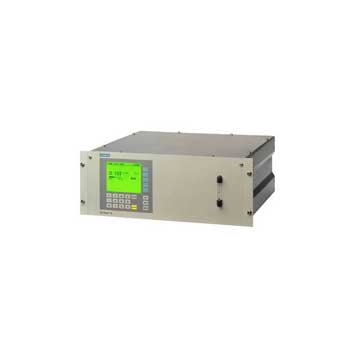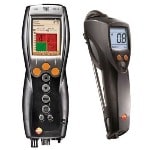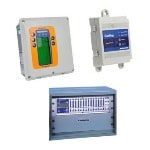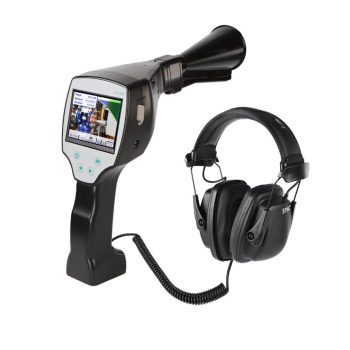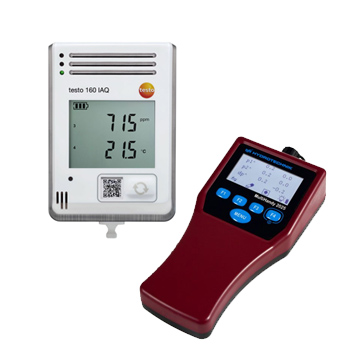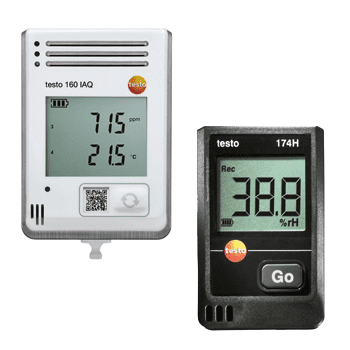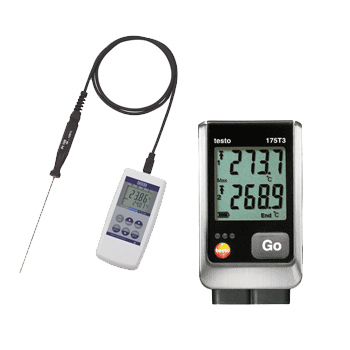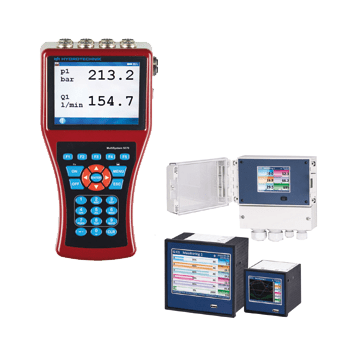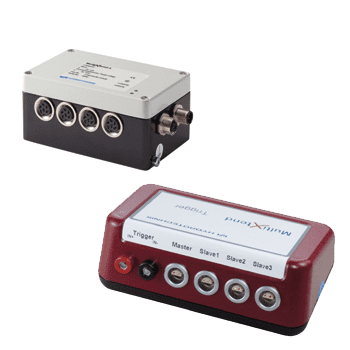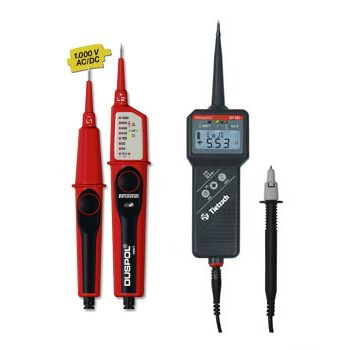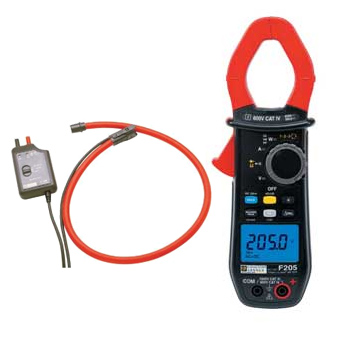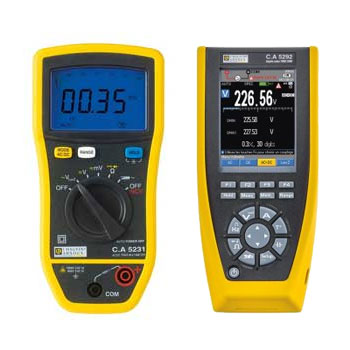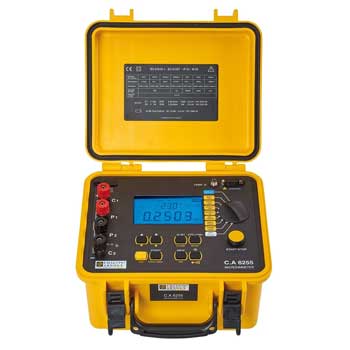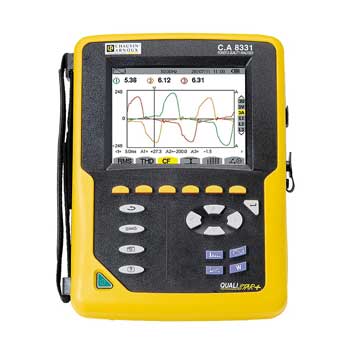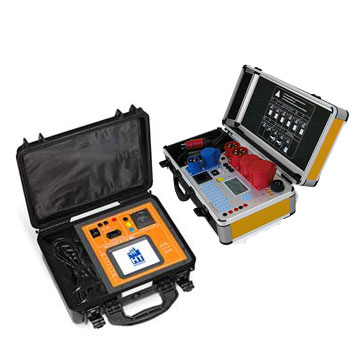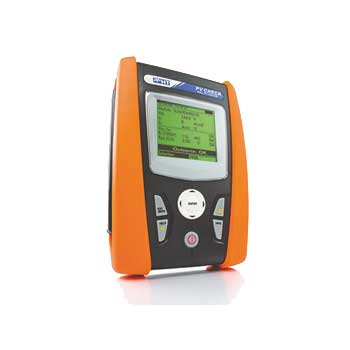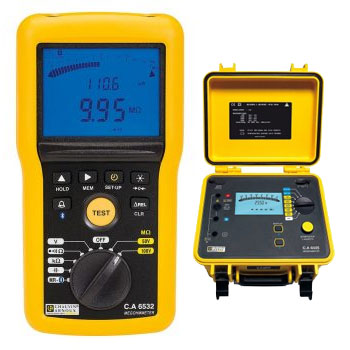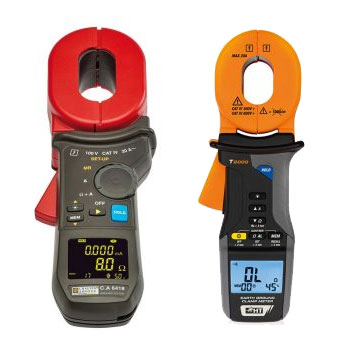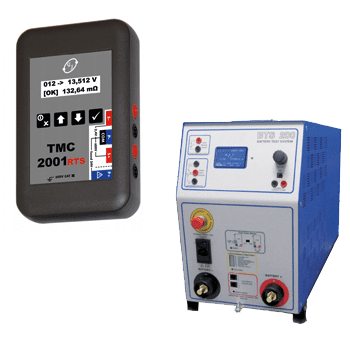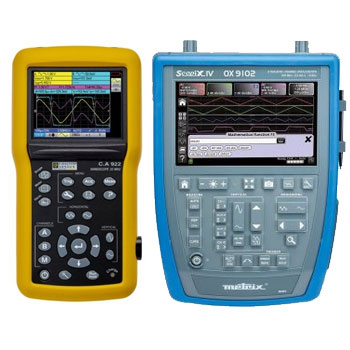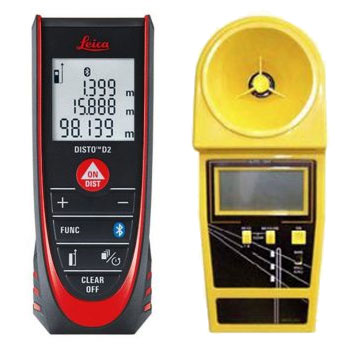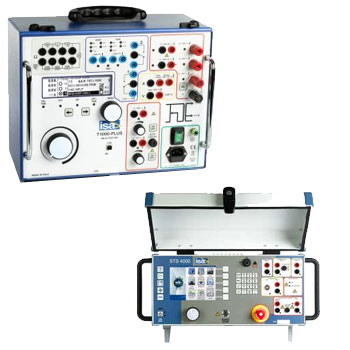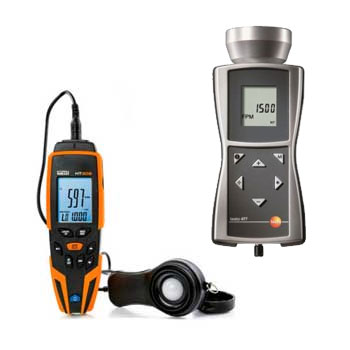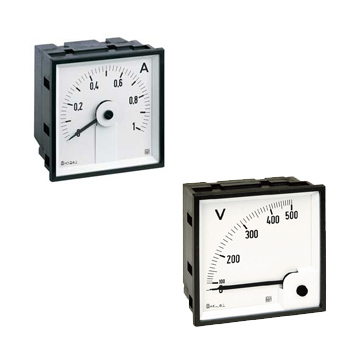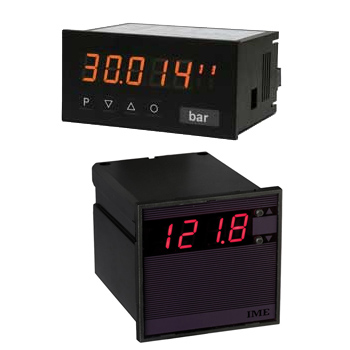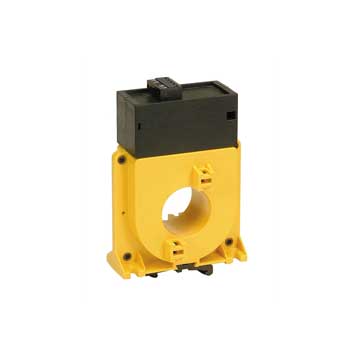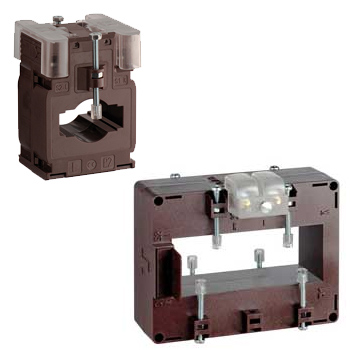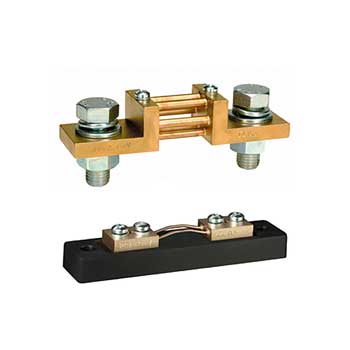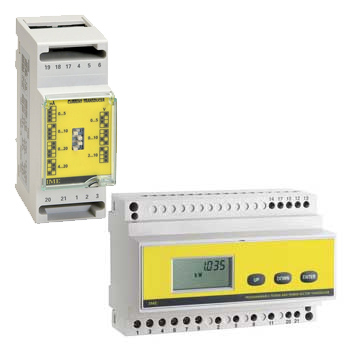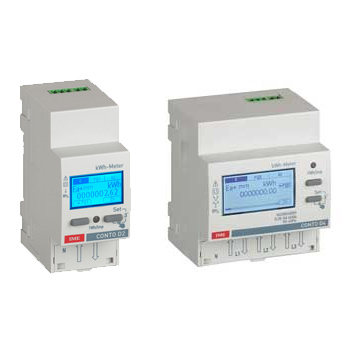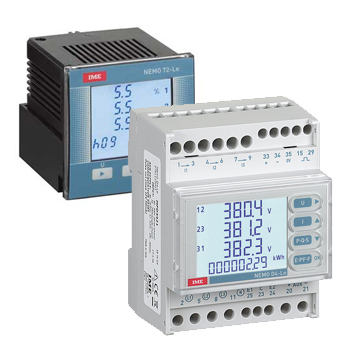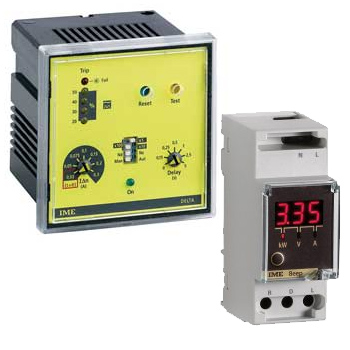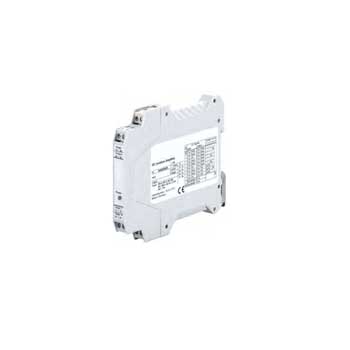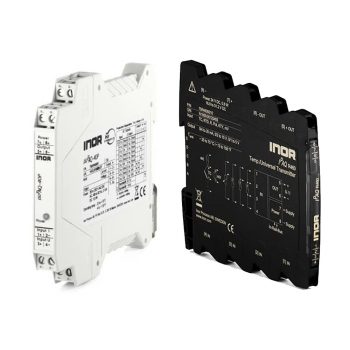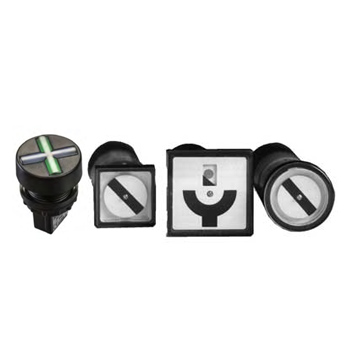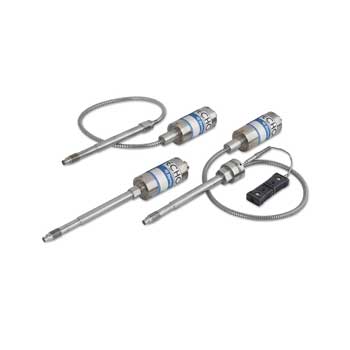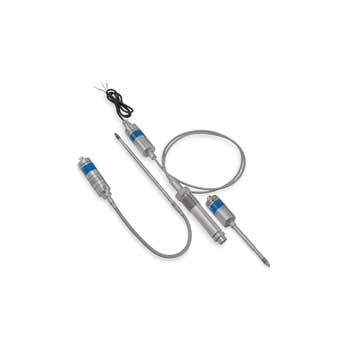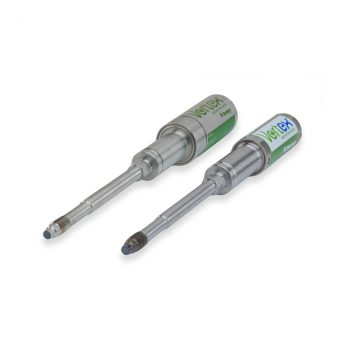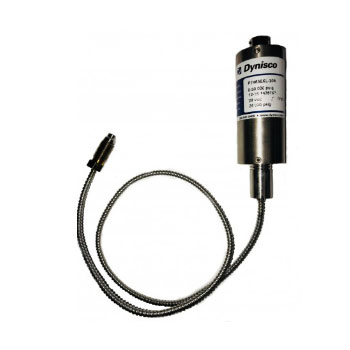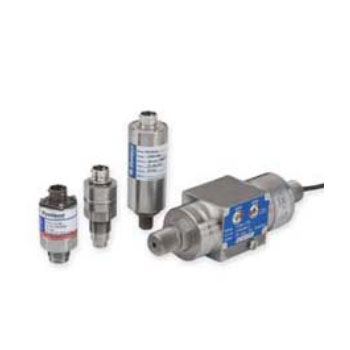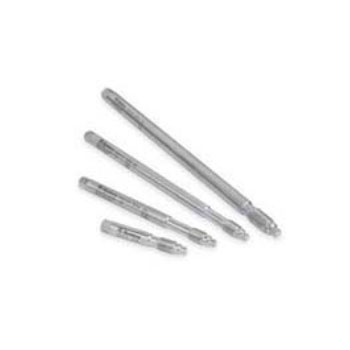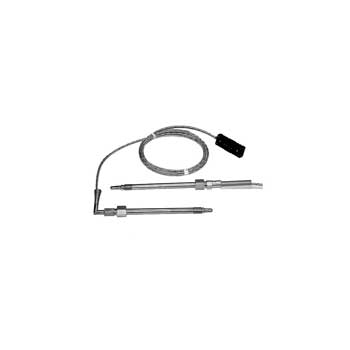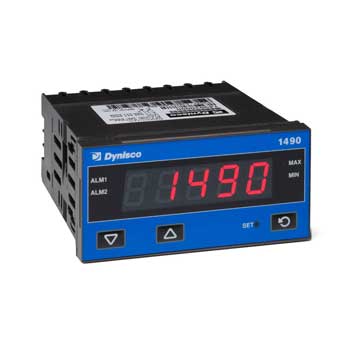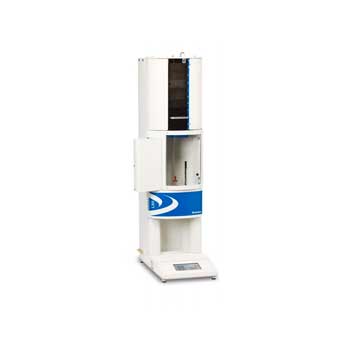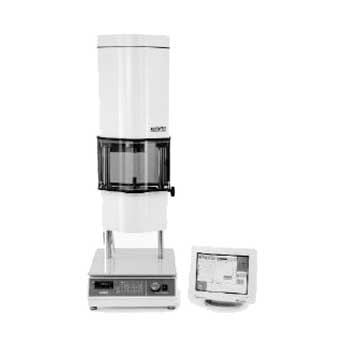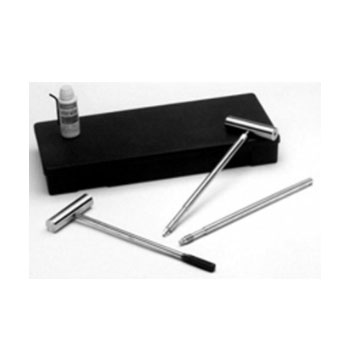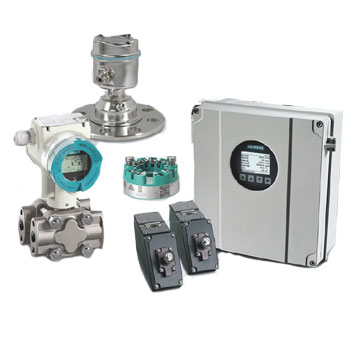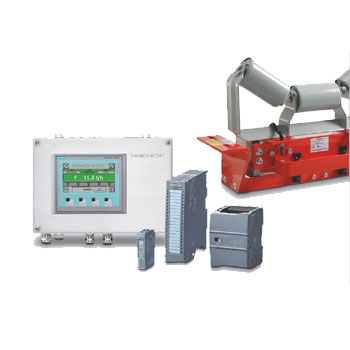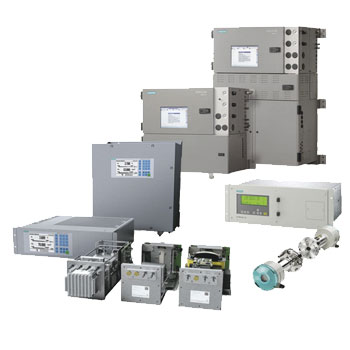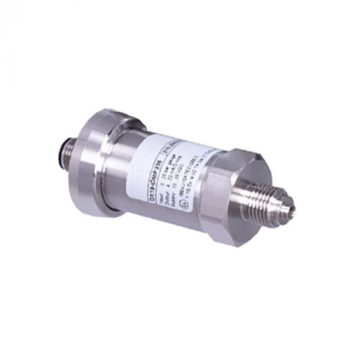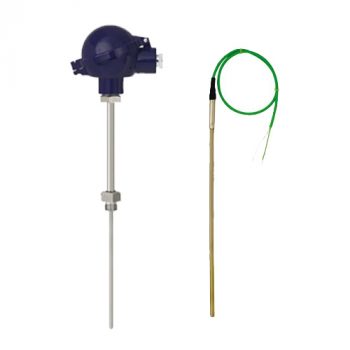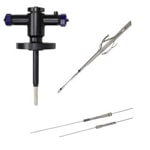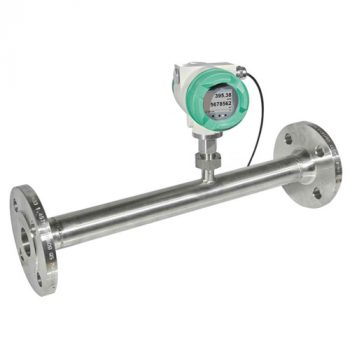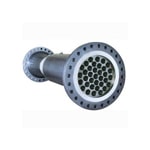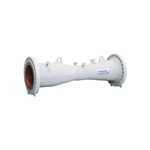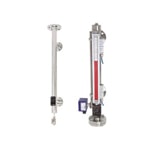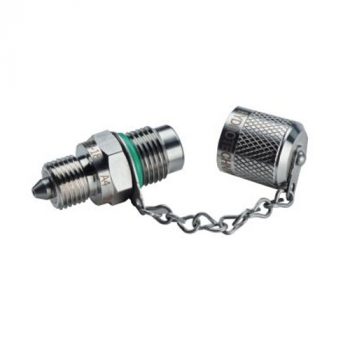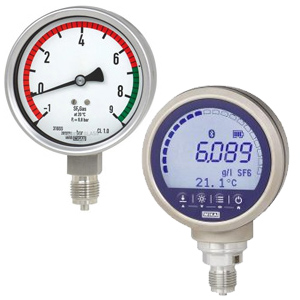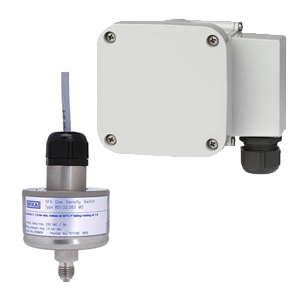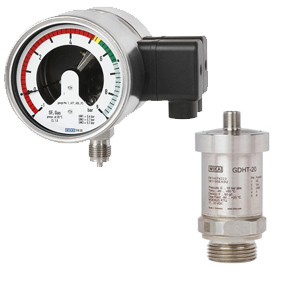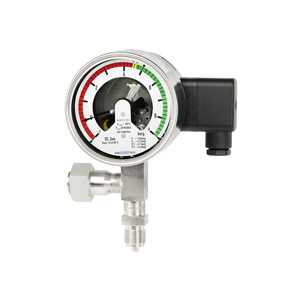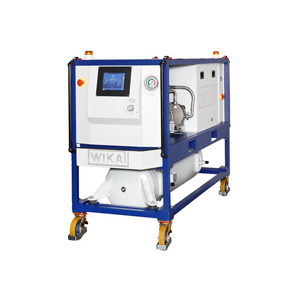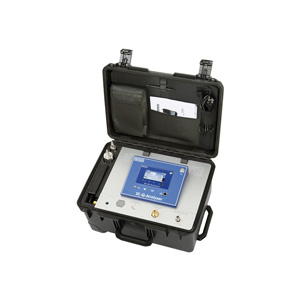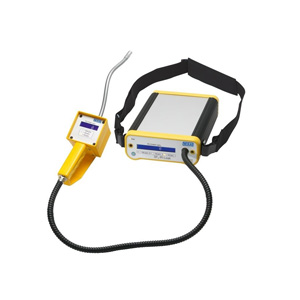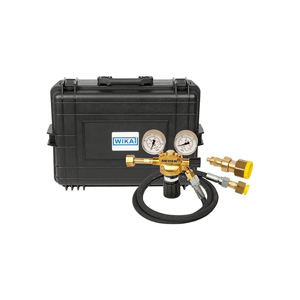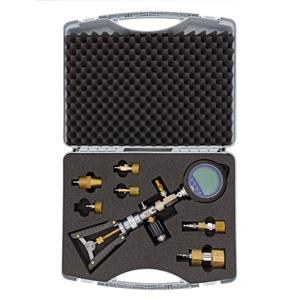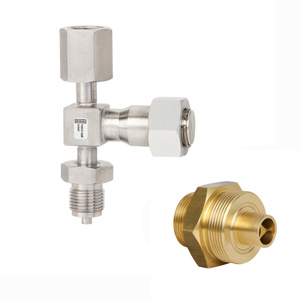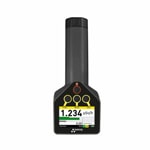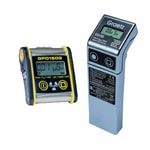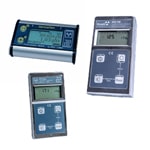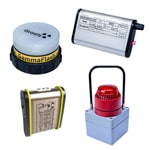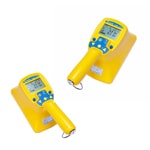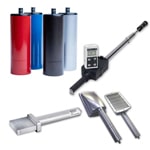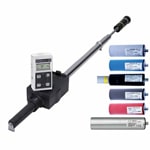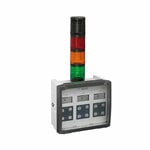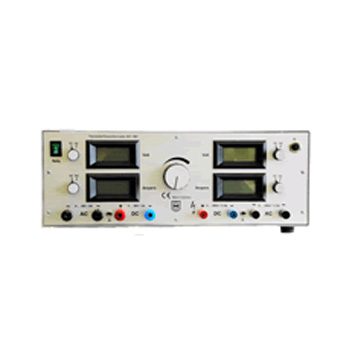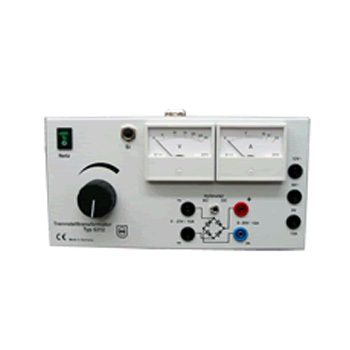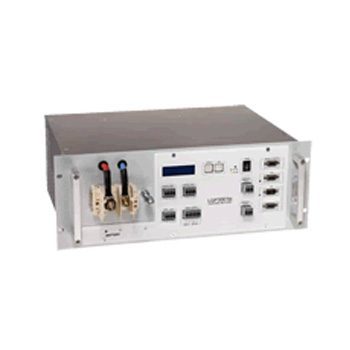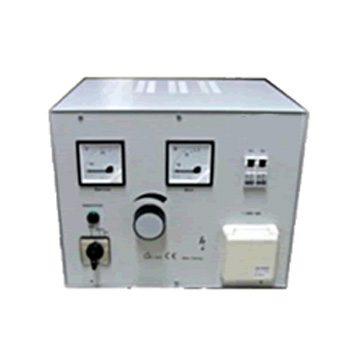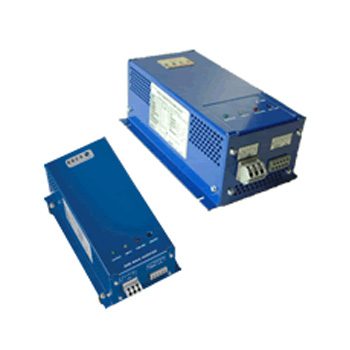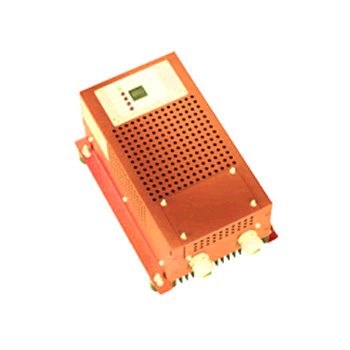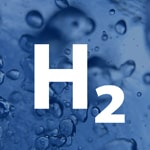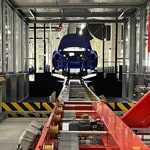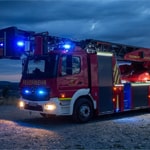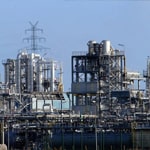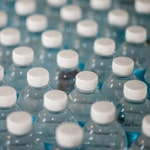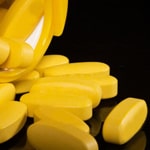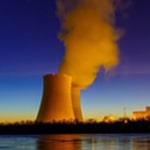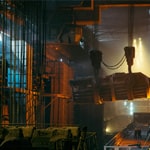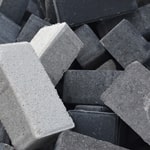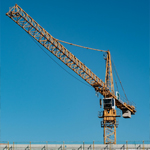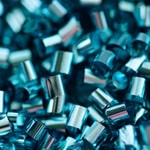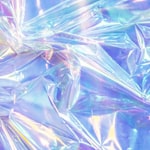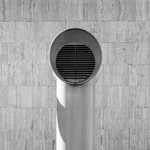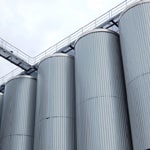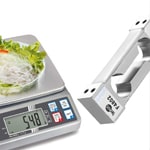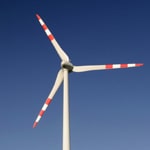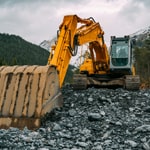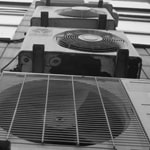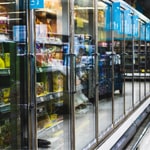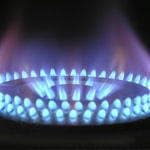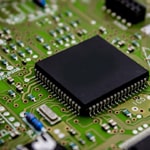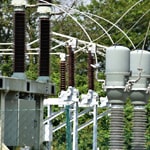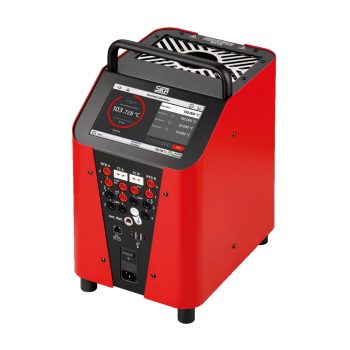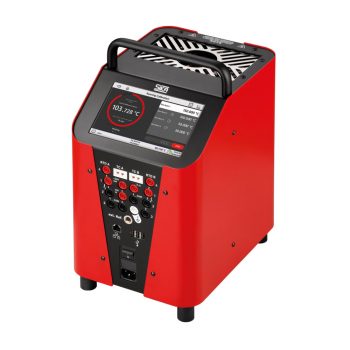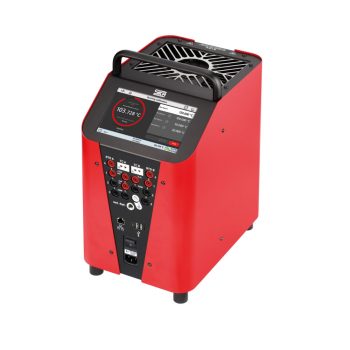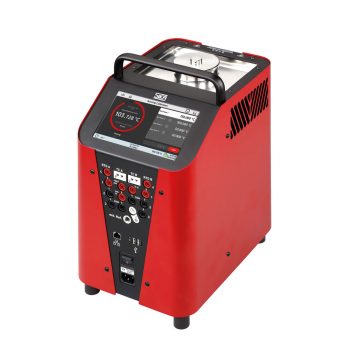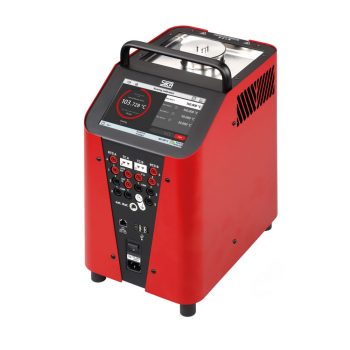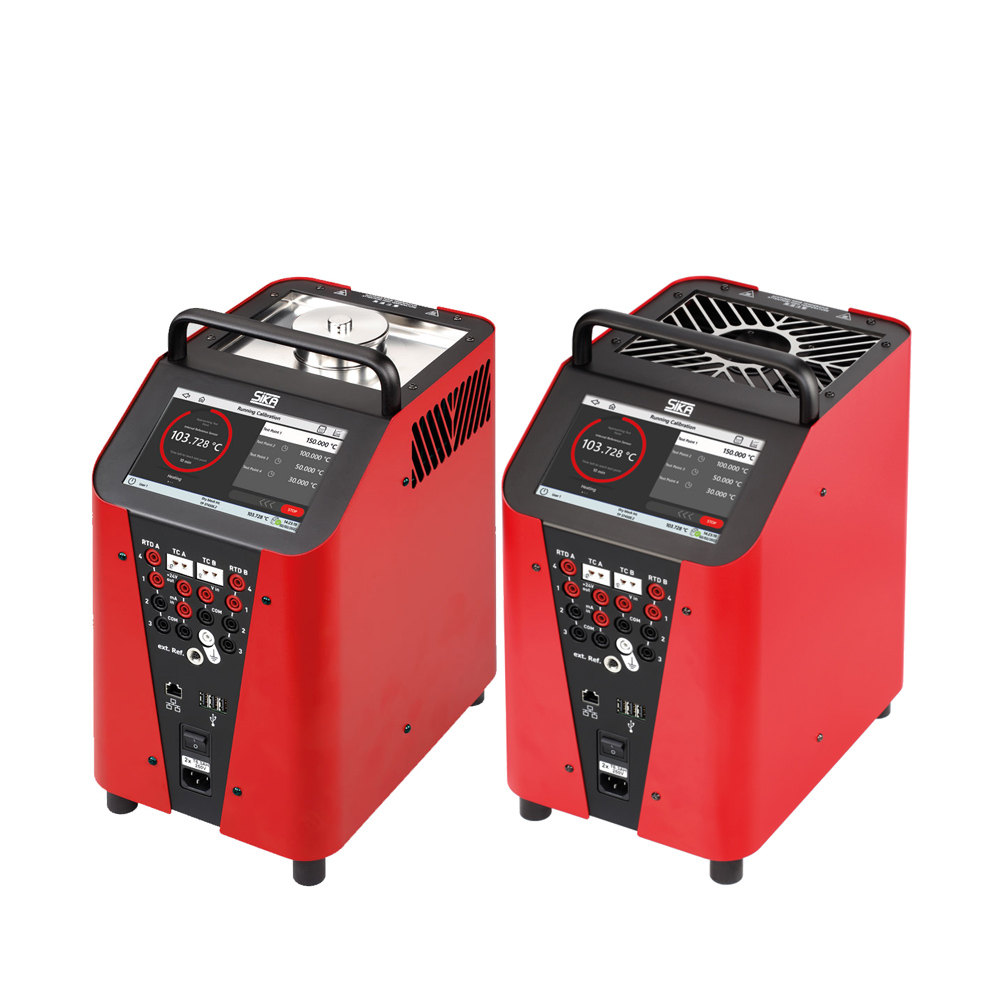
During temperature calibration, test temperatures have the same effect on the test object, for example a dial thermometer, and on the reference device, which is either already installed in the calibrator or is available externally. The measurement results of both devices are then compared with each other, which proves the functionality and measurement accuracy / measured value deviation of the test item.
Now there are two methods of temperature calibration - calibration bath and dry-well. When choosing a calibration method, the temperature range should be considered. The portability, temperature stability and handling liquid media.
This is explained in more detail below.
Calibration bath
Calibration baths are used to measure temperature points in the temperature range of the probe. This is done with the help of a liquid, which is either water or oil, depending on the temperatures to be measured. In practice, silicone oil is mostly used. The probes of the temperature sensor are immersed in the bath. To ensure temperature uniformity, the liquid circulates constantly. Following the measurement, the test object is compared with the reference device.
Is the calibration bath available as a portable device?
Yes. Calibration baths come in different forms. They can be found both as small portable devices and in large format as permanently installed laboratory equipment.
What are the advantages of a calibration bath?
The temperature uniformity is a huge plus. The temperature is distributed homogeneously thanks to the continuous circulation in the bath. This enables very high levels of measurement accuracy to be achieved.
Depending on the model, the temperature range can be between -45° C and +300°C, which largely covers industrial use.
In addition, you can measure with a calibration bath regardless of the size of the probe, as long as the probe can be completely immersed in the liquid.
What are the disadvantages of a calibration bath?
As a portable calibration device, handling the liquid medium could be seen as a disadvantage. Not everyone can or wants to handle liquids on site. The calibration bath is therefore not suitable in sterile environments, such as in the food or pharmaceuticals industry, since the temperature sensors have to be immersed in water or oil.
Field Calibrator
Block calibrators are portable temperature calibrators that can be used to test and calibrate temperature measuring devices reliably and sterile on site. A dry-well calibrator consists of a metal block that generates high and low temperatures electrically, and a built-in reference device. This metal block contains holes suitable for the probes of temperature sensors. There are at least two holes, one for an external reference device and the other for the DUT.
Is the dry-well available as a portable device?
Yes. Field calibrators are generally portable devices and are intended for on-site use.
How is the minimum immersion depth defined for dry-well calibrators?
The minimum immersion depth for dry-well calibrators is usually 7 cm. If this minimum immersion depth is not reached, there is a solution. An external reference device must be added that comes to the same depth as the test object.
What are the advantages of a dry-well?
Field calibrators can be used in sterile industrial environments, such as in the food and pharmaceutical industries. The probes do not come into contact with water or oil, as is the case with the calibration bath. It also offers easier on-site service.
What are the disadvantages of a dry-well?
One disadvantage is the necessary accuracy of fit of the insert sleeves with the bores, which means that various temperature sensors require different insert sleeves. Calibrators with exchangeable inserts are therefore recommended.
In addition, attention must be paid to the accuracy of fit between the sensors and the insert sleeves. The free space between the sensor and the insert sleeve may only be a few millimeters, otherwise the measurement result will be falsified by the ambient temperature.
While the insert sleeves are made of brass or aluminum for normal temperatures, ceramic sleeves are required for high temperatures.
- Temperature range RT...700 °C
- Calibration insert dimensions: Ø29 x 150 mm
- Accuracy ±0.27 °C
- Option: Integrated measuring instrument
 Datasheet Datasheet |
 Datasheet Datasheet |
 User Manual User Manual |
- Temperature range RT...450 °C
- Calibration insert dimensions: Ø60 x 150 mm
- Accuracy ±0.2 °C
- Multifunction: Dry block, infrared, surface
- Option: Integrated measuring instrument
 Datasheet Datasheet |
 Datasheet Datasheet |
 User Manual User Manual |
- Temperature range -55...200 °C
- Calibration insert dimensions: Ø28 x 150 mm
- Accuracy ±0.2 °C
- Option: Integrated measuring instrument
- Fastest calibrator with widest temperature range
 Datasheet Datasheet |
 Datasheet Datasheet |
 User Manual User Manual |
- Temperature range -35...165 °C
- Calibration insert dimensions: Ø28 x 150 mm
- Accuracy ±0.2 °C
- Option: Integrated measuring instrument
 Datasheet Datasheet |
 Datasheet Datasheet |
 User Manual User Manual |
- Temperature range RT...255 °C
- Calibration insert dimensions: Ø60 x 163 mm
- Accuracy ±0.1 °C
- Multifunction: Dry block, calibration bath, infrared, surface
- Option: Integrated measuring instrument
 Datasheet Datasheet |
 Datasheet Datasheet |
 User Manual User Manual |
- Temperature range -33...165 °C
- Calibration insert dimensions: Ø60 x 163 mm
- Accuracy ±0.1 °C
- Multifunction: Dry block, calibration bath, infrared, surface
- Option: Integrated measuring instrument
 Datasheet Datasheet |
 Datasheet Datasheet |
 User Manual User Manual |

